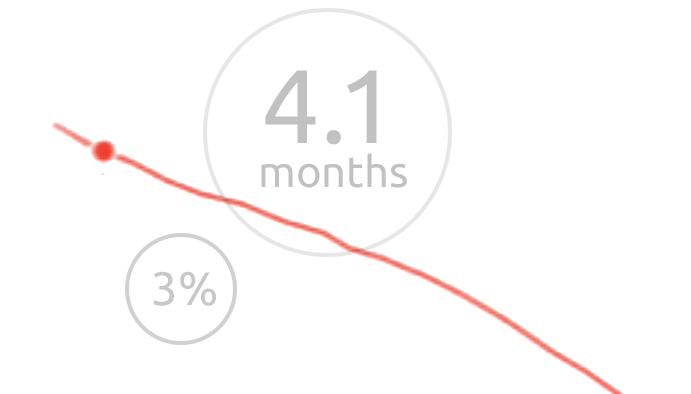
Predictive analytics
New tool answers the question:
"When will my patient get another organ offer?"
Now available in DonorNet® for adult kidney transplant programs
Easily-accessed insights
UNOS is bringing new insights to the kidney offer acceptance experience with predictive analytics, delivered inside DonorNet on mobile.


What is predictive analytics?
Broadly, predictive analytics is the use of data, statistics and modeling to predict the likelihood of future outcomes. UNOS is using predictive analytics to bring never before-seen insights to the thousands of transplant professionals who use and trust DonorNet every day to save lives.
- For this tool, modeling is used to provide insights at the time of an organ offer, with goals of increasing offer acceptance and reducing waitlist mortality.
- Using predictive data to improve offer acceptance has been recommended by the OPTN Ad Hoc Systems Performance Committee in 2019.
The predictive analytics tool was developed in collaboration with Accenture Federal Services.
How does it work?
Used at the time of an organ offer, the tool uses two statistical models to calculate and display:
- Time-to-next-offer: A prediction of the length of time the candidate could wait for another organ offer.
- Mortality likelihood: A visualization of the candidate’s predicted survival likelihood over the next three years without a transplant.
The predictive analytics tool is built on a highly secure, reliable technology foundation. The tool is monitored by an advisory group, and receives regular updates by researchers with community feedback.
How can it help patients?
A group of 15 transplant programs piloted predictive analytics in 2022, and saw their acceptance rate increase from 16.8% to 19.7% on offers viewed through DonorNet Mobile. A risk-adjusted study of acceptance rates from that pilot group and a matched control group found that the analytics are helping to increase organ acceptance.
The people and vision for predictive analytics
“Based on what the predictive analytics tool was telling us, we saw we could get our patient transplanted and potentially save them six months or even a year plus on the waitlist.”
“‘…how much longer should I wait? Should we wait another month? Should we wait another two months?’ I think that’s where I find it the most useful.”
How do I use the tool?
If you’re a kidney professional and are ready to get started, take SYS180: Predictive Analytics in DonorNet in UNOS Connect. Full documentation is available in the training module. Other documentation is also available in DonorNet Mobile.
Questions?
For questions about this tool or other OPTN research and technology projects, please email [email protected]
